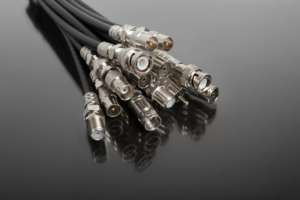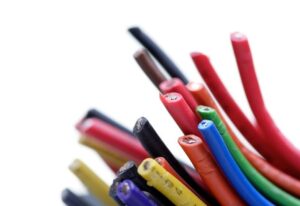From the physical properties
1. Difference in appearance: Flexible Flat Cable are flat in shape, while round cables are round in shape. Therefore, it is easier to add tensile galvanized steel wire to flat cables than to round cables.
2. Differences in the internal arrangement structure of cables: The internal conductor cores of flat cables are arranged in a uniform and orderly manner, mostly in a straight line arrangement or a plum blossom arrangement; while the internal conductor cores of round cables are mostly twisted, which also determines Round cables are cheaper to produce than flat cables.
3. The difference in physical properties: mainly reflected in the curvature and the number of bends. When the number of conductor cores is exactly the same, compared with round cables, flat cables have a larger bending amplitude and number of bends, and have a longer service life.
From the chemical properties
1. Different heat dissipation: When the number of conductor cores is the same, flat cables have advantages in heat dissipation than round cables.
2. Different signal transmission directions: The circular structure has symmetry of circumferential distribution. Whether it is half-duplex or full-duplex transmission, it is better than the flat structure that is only symmetrical in one direction.
3. Different signal shielding effects: The internal structure of round cables is easier to add a shielding layer than flat cables, and the signal shielding effect is better.
From product installation
1. Laying: Flat cables cannot be offset laterally. Laying flat cables saves time and effort.
2. Pipe penetration: Round cables are easier to pass through pipes during installation and are widely used.
3. Special environment: Flat wires are generally used in specific environments, such as under carpets. It would be better to use flat wires.
Learn More:ffc cable





